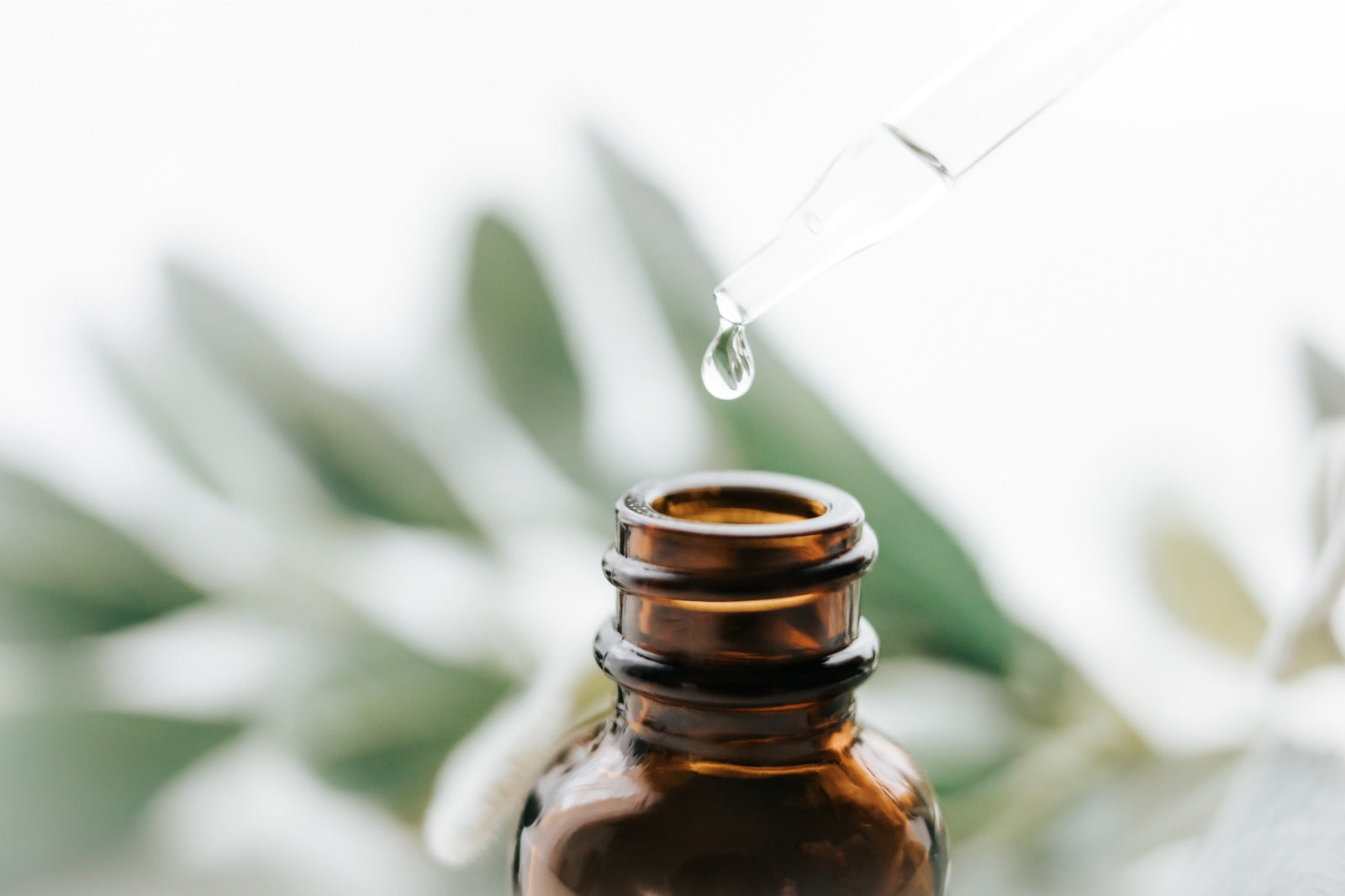Essential oils have emerged as popular and natural remedies for various physical and mental well-being concerns. Derived from plants, these concentrated liquids capture the aromatic compounds that give plants their distinct fragrances. This article provides an introductory exploration into the world of essential oils, delving into their origins, extraction methods, and their diverse applications in aromatherapy and holistic health.
Understanding Essential Oils
1. Origins and Extraction: Essential oils are volatile compounds found in various parts of plants, including flowers, leaves, bark, stems, and roots. The extraction process involves methods such as steam distillation, cold pressing, or solvent extraction. Each method preserves the unique therapeutic properties of the plant.
2. Aromatherapy Roots: The use of essential oils dates back centuries, with roots in ancient civilizations such as Egypt, China, and India. Historical records reveal their utilization for medicinal, spiritual, and cosmetic purposes. In the modern era, essential oils have experienced a resurgence in popularity as people seek natural alternatives to enhance their well-being.
Popular Essential Oils and Their Benefits
1. Lavender Oil: Derived from lavender flowers, lavender oil is celebrated for its calming properties. It's often used to alleviate stress, promote relaxation, and improve sleep quality.
2. Peppermint Oil: Extracted from peppermint leaves, peppermint oil is renowned for its invigorating scent. It's commonly used to boost energy, ease headaches, and aid digestion.
3. Tea Tree Oil: Tea tree oil, derived from the leaves of the tea tree, is prized for its antimicrobial properties. It's often applied topically to address skin issues and boost immunity.
4. Eucalyptus Oil: Eucalyptus oil, obtained from eucalyptus leaves, is popular for respiratory health. Its inhalation is known to ease congestion and promote clear breathing.
Applications of Essential Oils
1. Aromatherapy: Aromatherapy is a holistic healing practice that harnesses the power of essential oils. Inhaling the aromas or using them in diffusers can influence mood, reduce stress, and promote relaxation.
2. Massage and Topical Application: Many essential oils can be diluted and applied topically. Massaging diluted oils onto the skin not only allows for absorption but also provides a sensory and therapeutic experience.
3. Household and Personal Care Products: Essential oils have found their way into various household and personal care items, such as candles, soaps, and cleaning products. Their natural scents enhance these products without the need for synthetic fragrances.
4. Meditation and Mindfulness: The calming and grounding properties of certain essential oils make them ideal companions for meditation and mindfulness practices. Diffusing oils during these activities can enhance the overall experience.
Considerations and Safety
1. Dilution: Essential oils are highly concentrated and should be diluted before applying to the skin. Carrier oils like jojoba or coconut oil are commonly used for this purpose.
2. Allergies and Sensitivities: Individuals with allergies or skin sensitivities should exercise caution and conduct patch tests before widespread use.
3. Quality Matters: The quality of essential oils varies. It's crucial to source oils from reputable suppliers to ensure purity and therapeutic efficacy.
Essential oils, with their rich history and diverse applications, offer a natural and aromatic journey into holistic well-being. As individuals increasingly seek alternatives to synthetic products, essential oils have become a cornerstone of natural health practices. Whether used for relaxation, skincare, or creating a soothing ambiance, essential oils open a fragrant gateway to the healing powers of nature.
References:
- Tisserand, R., & Young, R. (2013). Essential Oil Safety: A Guide for Health Care Professionals.
- Davis, P. (1999). Aromatherapy: An A–Z.
- Buchbauer, G., Jirovetz, L., Jäger, W., Plank, C., Dietrich, H., & Fragrance Research. (1993). Aromatherapy: Evidence for sedative effects of the essential oil of lavender after inhalation.
- Bowles, E. J. (2003). The Chemistry of Aromatherapeutic Oils.
- Keville, K., & Green, M. (2009). Aromatherapy: A Complete Guide to the Healing Art.



1 comment
Leave a comment